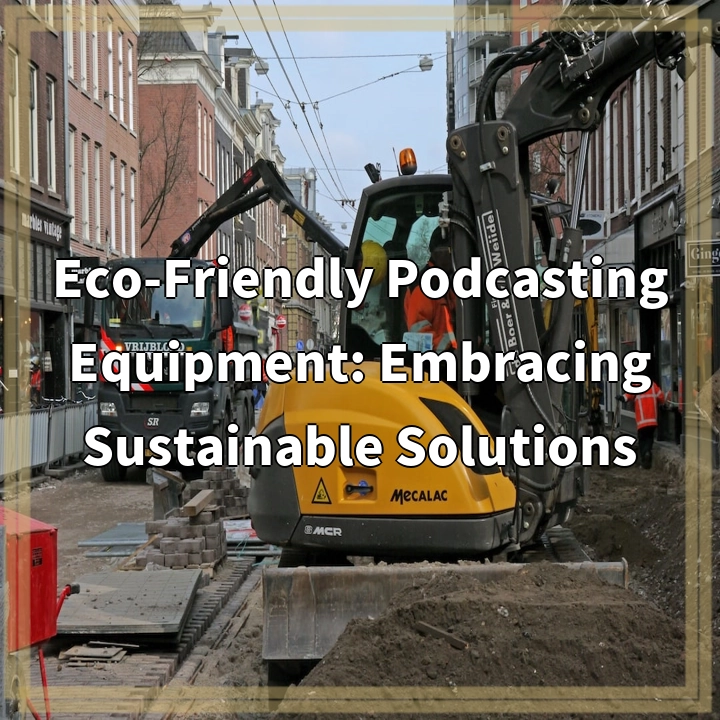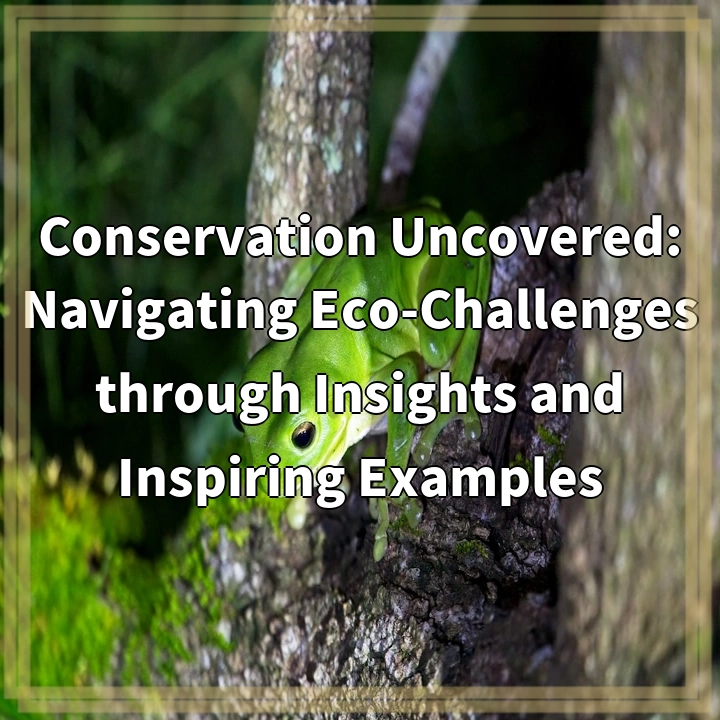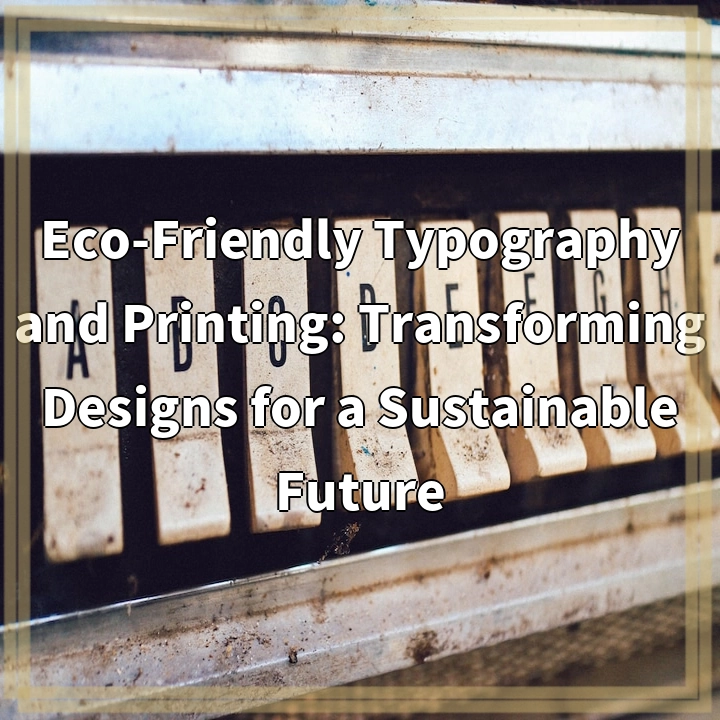
What is Eco-Friendly Podcasting Equipment?
As the world becomes increasingly conscious of sustainability, various industries are adopting eco-friendly practices, and the field of podcasting is no exception. Eco-friendly podcasting equipment refers to the use of environmentally conscious tools and technologies in the creation and production of podcasts.
From microphones and headphones to recording software and hosting platforms, there are numerous options available that prioritize sustainability without compromising on audio quality or production value. These eco-friendly solutions aim to minimize the environmental impact associated with traditional podcasting equipment, making them more sustainable choices for content creators.
Real-World Problems Associated with Traditional Podcasting Equipment
While traditional podcasting equipment plays a crucial role in producing high-quality content, it often contributes to various environmental challenges. It is essential to understand these problems in order to appreciate the need for eco-friendly alternatives:
1. Electronic Waste:
With the rapid advancement of technology, electronic waste is becoming a significant concern. Traditional podcasting equipment, particularly outdated or malfunctioning devices, can contribute to this ever-growing problem. These devices often end up in landfills, releasing harmful chemicals into the environment.
2. Resource Depletion:
Many traditional podcasting tools are made from materials that require the extraction of finite resources such as metals and plastics. This extraction process can lead to habitat destruction, deforestation, and the depletion of valuable natural resources.
3. Energy Consumption:
Podcasting equipment, like any electronic devices, requires energy to function. The energy consumption associated with traditional equipment, including inefficient power usage and reliance on non-renewable energy sources, contributes to carbon emissions and increases the carbon footprint of podcasting activities.
4. Harmful Chemicals:
The production process of conventional podcasting equipment often involves the use of hazardous chemicals like lead, mercury, and PVC. These substances can pose risks to both human health and the environment, especially during manufacturing and disposal.

Promoting Sustainable Solutions for Eco-Friendly Podcasting
Recognizing the environmental challenges associated with traditional podcasting equipment, it’s important to explore the solutions that promote sustainable practices:
1. Recycling and E-Waste Management:
By properly disposing of old or malfunctioning podcasting equipment through recycling programs and e-waste management, we can reduce the amount of electronic waste that ends up in landfills and ensure the responsible handling of hazardous materials.
2. Use of Recycled and Renewable Materials:
Choosing podcasting equipment made from recycled materials or renewable resources can help reduce the demand for new resource extraction. It encourages the use of sustainable alternatives that minimize environmental impact.
3. Energy-Efficient Equipment:
Opting for energy-efficient podcasting equipment, such as devices with low power consumption or those powered by renewable energy sources, can significantly reduce carbon emissions and energy usage in the production process.
4. Non-Toxic and Low-Impact Materials:
Manufacturers can prioritize using non-toxic and low-impact materials in the production of podcasting equipment. This minimizes the release of harmful chemicals into the environment while ensuring the safety and well-being of both users and ecosystems.
Embracing Sustainable Practices in Podcasting
Eco-friendly podcasting equipment is not only an environmentally responsible choice but also an opportunity for content creators to showcase their commitment to sustainability and engage with a growing audience conscious about these issues. By adopting sustainable practices and embracing eco-friendly alternatives, podcasters can contribute to a greener and more sustainable future.















